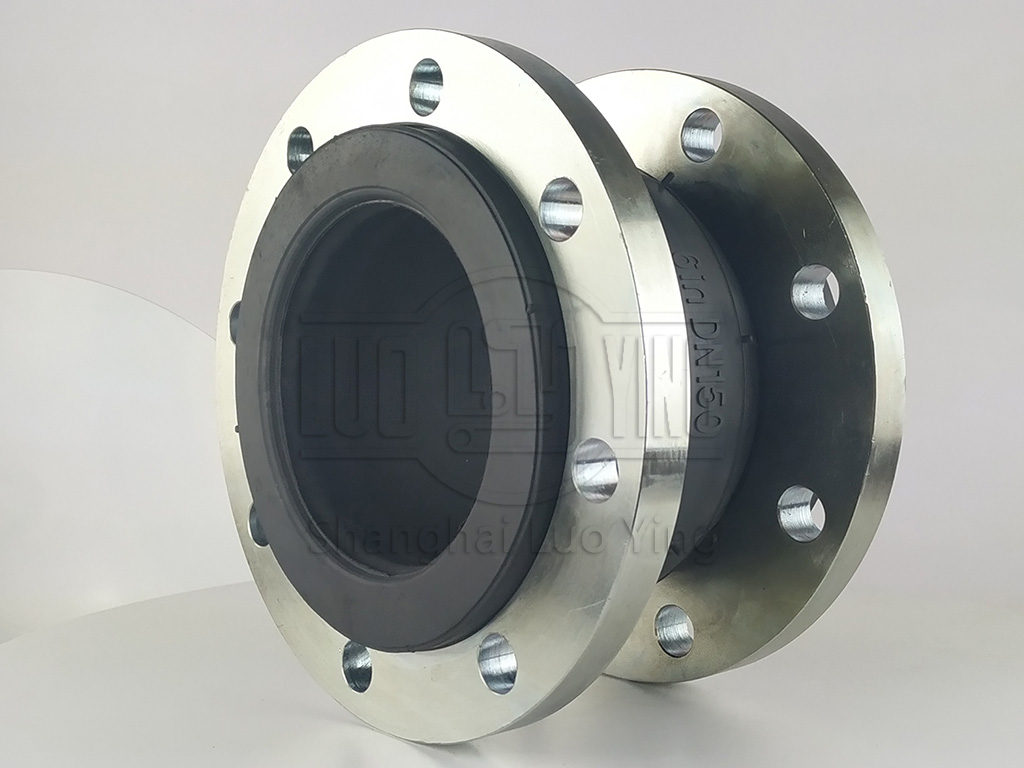Three tips to test whether the wear-resistant rubber soft joints are wear-resistant
Nov-22-15
Along with the increasing progress of the production technology and process of wear-resistant rubber soft joints, the ensuing fakes and substandard products also flow into the market unknowingly, making the wear-resistant rubber soft joint products in the market confusion, prices vary, so that the majority of users are at their wits' end when choosing regular products. So three tips to test whether the wear-resistant rubber joints are wear-resistant.In general, rubber joint abrasion resistance is used to characterize the ability of vulcanized rubber to resist material loss due to surface damage under the action of friction, and is the result of a combination of physical and mechanical properties of rubber materials.
Wear abrasion; rubber joint products work on rough surfaces, white dry friction surface on the projection of rough objects constantly cutting, scraping, resulting in the rubber joint surface local contact is cut, ripped off into tiny particles, from the rubber surface, the formation of wear abrasion. In the rough surface road speed is not high when the tread wear is dominated by this type of wear. The greater the abrasion strength, the worse the wear resistance. The abrasion strength is proportional to the pressure and inversely proportional to the tensile strength of the vulcanized rubber, and decreases as the resilience increases.
Rolling (curling) abrasion rubber and smooth surface contact, due to the role of friction, so that the surface of the vulcanized rubber micro-concave uneven places deformation, and was torn to destroy, in volumes from the surface off. It is especially significant when the friction force and sliding speed are large and the temperature is high.
Fatigue wear and friction surface in contact with the vulcanized rubber surface, in the repeated friction process by periodic compression, shear, tensile and other deformation, so that the rubber joint surface layer fatigue, and gradually formed fatigue micro-crack. The development of these cracks causes microscopic spalling of the material surface. Fatigue wear strength increases with the modulus of elasticity and pressure of rubber.


